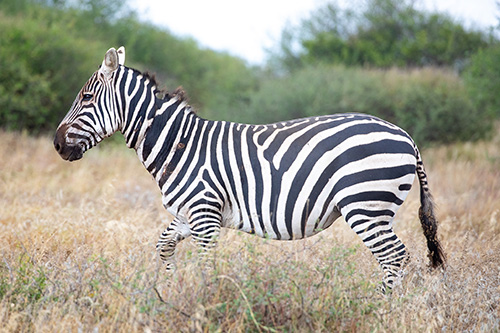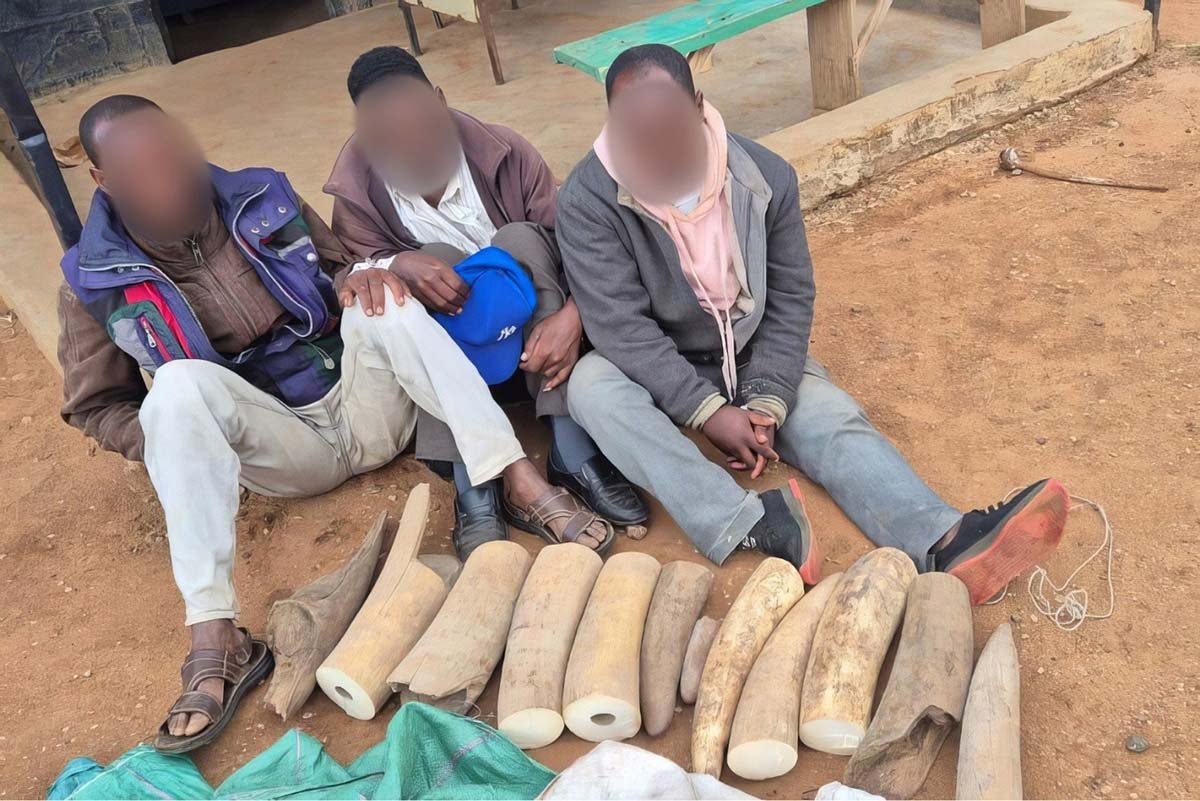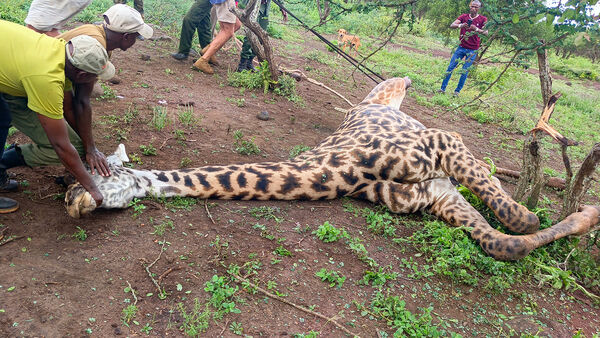

Zebras are tough. Watch any nature documentary they’re featured in, and you’ll see the many challenges they have evolved to overcome.
But what they haven’t evolved to deal with are fences, snares, and busy roads. These threats are particularly damaging to Amboseli’s zebras who must roam vast distances for food across a landscape marked with increasing human development.
This zebra was photographed in March 2023 at the end of one of Amboseli’s worst droughts on record, bearing a horrific snare wound around its neck. Big Life rangers monitored it until nightfall, but it disappeared before a vet was available to treat it, along with our hopes of its survival.
Miraculously, the same zebra was seen again just this past week, its wound fully healed. We are stunned to see it healthy again more than two years later.
Our efforts at creating new wildlife conservancies and corridors in conjunction with our anti-poaching operations, are all attempts at mitigating the negative impacts that humans place on Amboseli’s wildlife.
This plucky zebra is a reminder that nature is exceptionally resilient, and that our efforts are not in vain.
📸: Joshua Clay



